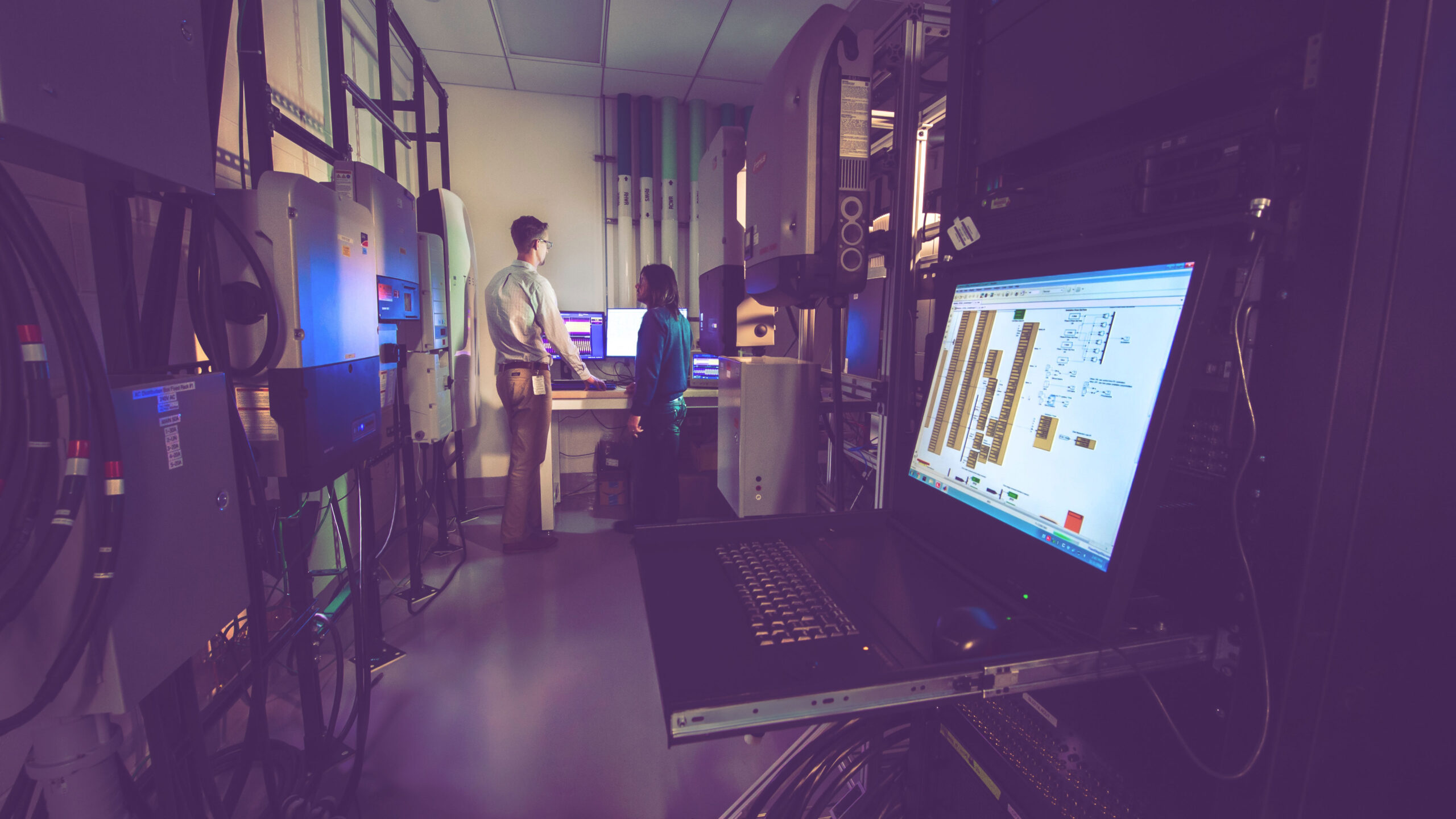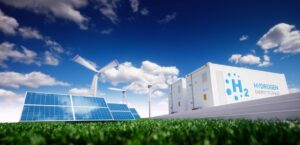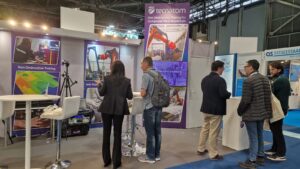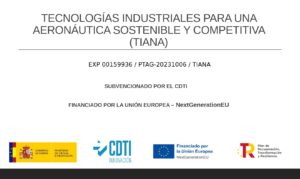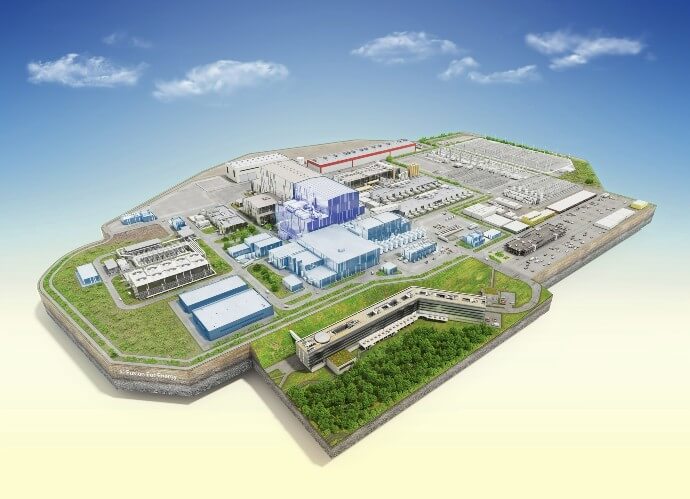How do you know that quality control really works? That’s a good question.
Everybody -or every process- needs to be supervised to be consistent and reliable. For that reason, any industrial process needs to be monitored continuously to work properly. Although at first glance it may appear superfluous, it is actually quite logical, necessary and (fortunately) widely implemented.
In production environments, companies and authorities go to great length to make sure that testing equipment is maintained and calibrated, inspectors are properly trained and qualified, and everything is under regulated environment. Even more so when the products are in some way critical for society (think for example of pressurized equipment, explosive environments, power plants or aircraft manufacturing).
In the case of the manufacturing of composite aircraft components, around 15% of the total production cost is spent on quality control and Non-Destructive Testing. Although it is a considerable part of the cost, it is an imperative process since no airplane would be allowed to take off without it…
It should be no surprise that every manufacturer is continuously searching for ways to do its quality assurance more efficiently and more cost effectively. Fortunately, the digital era has brought great opportunities for improved and remote monitoring of QA assets, reduction of paperwork and many other advances.
If we examine in detail the monitoring process, the concept is quite simple and it has been implemented throughout the industrialization history to the extent that technology allowed:
– To add sensors to system to measure essential parameters of machines and instruments.
– To connect those sensors to a network to store and structure the data.
– Finally, the point where more progress is currently being made: use the data to obtain relevant information for diagnoses, both of the system and of the process being carried out.
The possible uses of such a monitoring system are vast. We find applications focused on safety aspects, such as the implementation of alarms, on maintenance (predictive and corrective maintenance, failure detection, etc), or also the optimization and benchmarking comparing your process with other similar ones.
For this reason, to maintain the systems and facilities at the necessary level, where the highest quality, safety and performance indicators are reached, it is essential to have a modern monitoring solution, “connected” and adjusted to the specific needs of every individual process.
Tecnatom has a digital monitoring infrastructure that can be added to any automated system to increase its reliability and efficiency. A good example of the successful implementations of a monitoring system is the addition of a Tecnatom Smart Monitoring Platform to the Taurus and WiiPA NDT inspection systems.
The Platform allows the gathering of data from a wide variety of sensors and elements of the system that produce log data or relevant information about their performance. Typical examples of such information are:
- Detailed Machine status & Job tracking information
- Operational Equipment Efficiency Indicators
- Summary of System Messages and incidents
- Power consumption
- Production hour counters
Furthermore, the reliability and efficiency of the system can be boosted further by doing remote diagnosis or by using the monitoring data to provide feedback on specific weakpoints that have been detected in the operational process (for example by an analysis of time losses or benchmarking).
With these digital monitoring solutions we are able to increase the production rate of the systems, improving the efficiency of the plants while assuring the highest confidence on the processes and safety of the inspections
Clearly, Digital Monitoring provides a powerful means of assuring that industrial processes are reliable and efficient. For every industrial installation that has quality requirements that are critical for the company’s operational goals, the tools described in this article provide a solution to assure production quality, increase the production rate or improve the efficiency of the plant while assuring the highest confidence on the processes and safety of the inspections.

